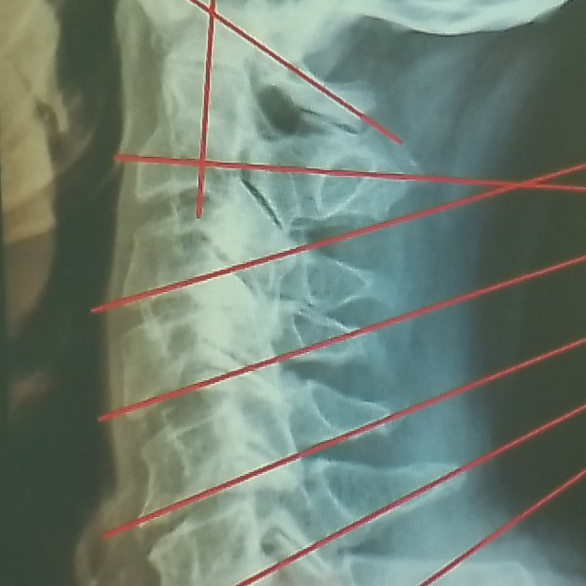Chiropractic
 Daniel David Palmer (1845-1913; also known as D.D. Palmer) is considered the “father” of chiropractic. He came to the United States from Port Perry, Ontario, Canada in 1865. He spent the next 20 years in various occupations such as farming, beekeeping, and store sales. In 1885 he opened a practice as a healer in the city of Davenport.
Daniel David Palmer (1845-1913; also known as D.D. Palmer) is considered the “father” of chiropractic. He came to the United States from Port Perry, Ontario, Canada in 1865. He spent the next 20 years in various occupations such as farming, beekeeping, and store sales. In 1885 he opened a practice as a healer in the city of Davenport.
Various forms of spiritualistic and metaphysical speculation existed during the nineteenth century, which piqued Palmer’s curiosity. Palmer was able to blend recognized spiritual and metaphysical concepts along with then-current scientific principles to create a unique ethos for the art of chiropractic healing.
His formulation of chiropractic practice and theory presumably developed from his application of a hand nudge to Mr. Harvey Lillard in September 1895. Palmer called this technique manual adjustment. According to the story, this manual adjustment was directed at the fourth thoracic vertebra and resulted in the restoration of Mr. Lillard’s lost hearing. Building on the reasoning used to devise this treatment, Palmer then applied similar lines of thinking to other individuals with a variety of problems, each time using the spinous process of a vertebra as leverage to produce the adjustment. Palmer was the first to claim the use of the spinous and transverse processes of the vertebrae as levers for manual adjustment. This formed the beginning of chiropractic as a philosophy, science and art.
From this almost fortuitous occasion the contours of the profession were born. Palmer developed the concept of “subluxation” as a causal factor of the disease, through the pressure that such “displacements” would cause to the nerve roots. Within two years of the initial discovery, Palmer had started the Chiropractic School and Cure and soon had his first student. By the year 1902, Palmer’s son Bartlett Joshua (usually referred to as BJ) had enrolled as a student at his father’s school and became president in 1907. He held this post until his death in 1961.
The essential element of chiropractic treatment is to stimulate the homeostatic mechanisms of the body in order to restore or maintain health. For this to happen, the body’s intrinsic healing powers must be affected. The inherent powers of growth, maintenance and recovery are collectively called “innate intelligence”.
There is a normal physiological balance within an individual, a balance that has been functional since conception. He determined the sequence in which new life developed, paying attention to the nervous system, heart, blood vessels, bones, muscles, etc. He was able to adjust to the needs of the individual without the benefit of outside intervention.
When homeostasis is compromised causing imbalances in bodily functions, the chiropractor’s job is to use his or her skill and knowledge to restore normal balance and vitality to the body so that it can function properly and meet the needs of the individual.
Chiropractic philosophy upholds the belief that optimal health is connected throughout the body and, by focusing on the nervous system, and therefore neurological and musculoskeletal integrity, encourages an innately connected and healthy body in all of its parts.
The innate intelligence, which generates the body’s natural ability to self-regulate and maintain health, is believed to flow through the nervous system and, therefore, the spine, the central structure of the human body. Understanding the centrality of the spine structure is necessary for optimal functionality of the whole body.
For this reason, it is believed that when the spine is malpositioned or misaligned, the functions of the spinal nerves and its affected tissues are disrupted. This disruption can cause a variety of health problems, which can include any function or part of the body. Since the body naturally seeks balance in all of its systems, healthy relationship and communication within the entire body is integral to overall well-being.
Chiropractic is currently a health care profession concerned with the diagnosis, treatment and prevention of mechanical disorders of the musculoskeletal system and the effects of these disorders on nervous system function and overall health. It uses manual treatments including spinal adjustment and other joint and soft tissue manipulations.
5 Components of the Gonstead System

Gonstead Radiography

Gonstead Inspection

Gonstead Nervoscope

Gonstead Static Palpation

Gonstead Dynamic Palpation
Specific Gonstead Adjustment

Pelvic Table Gonstead Chiropractic Adjustments

Knee Chest Table Gonstead Chiropractic Adjustments

Cervical Chair Gonstead Chiropractic Adjustments
Enrollment & Membership
BECOME AN AGA MEMBER
€2.500
We offer comprehensive training in Gonstead chiropractic manipulations, training is reserved for AGA members only

